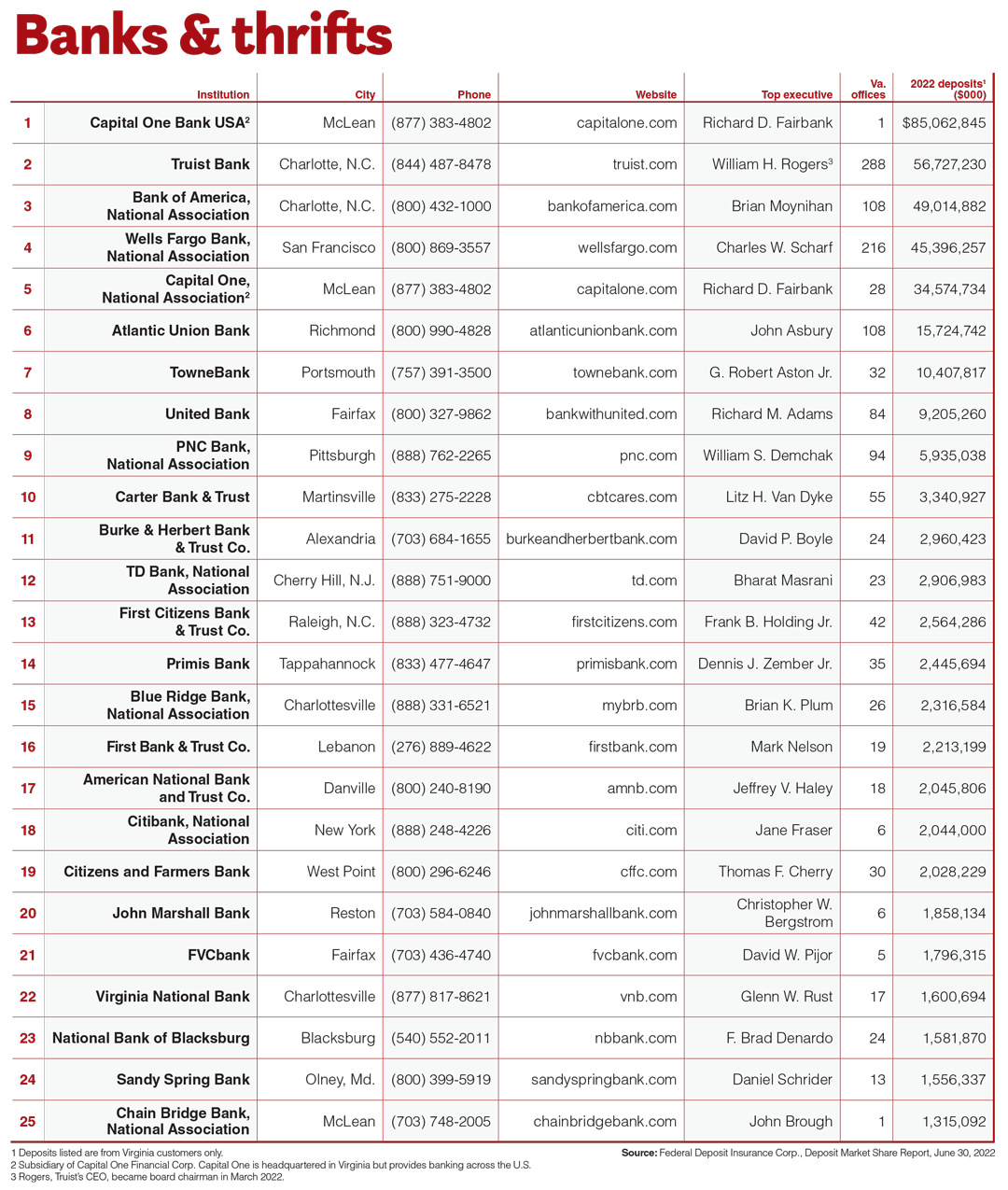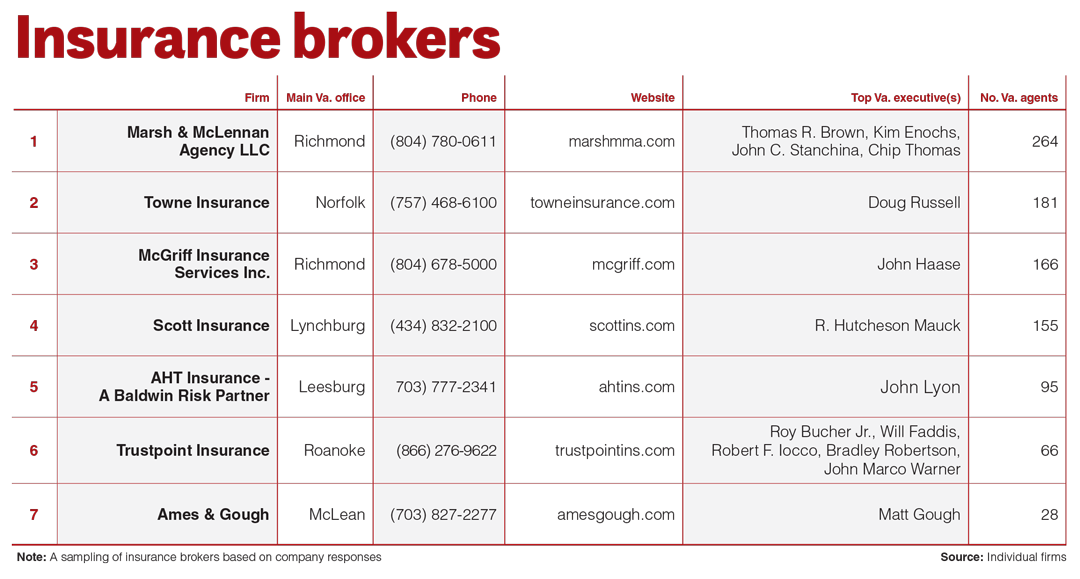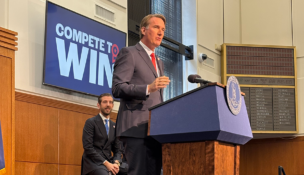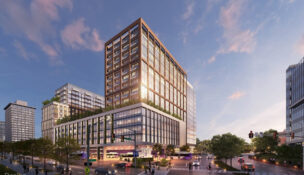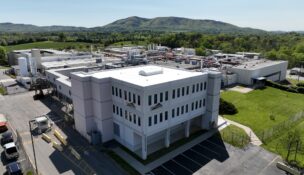Crying wolf?
Recession predictions abound, but no downturn yet
Kira Jenkins //February 27, 2023//
It’s “the most predicted potential recession in memory,” Federal Reserve Bank of Richmond President and CEO Tom Barkin quipped in January, but it hasn’t happened yet. Maybe.
During the first half of 2022, surveys of consumers and CEOs showed they were worried about a recession coming on the heels of a 40-year peak in inflation and ongoing labor shortages. Many expected it to come in the second half of the year. In June 2022, consumer sentiment fell to a record low. Rising inflation, record gas prices and worries about personal finances contributed to a feeling of dread last matched during 2008’s Great Recession, according to data from the University of Michigan.
And then there was confusion over whether we actually were in a recession.
Tech giants Amazon, Meta, Google and Microsoft began announcing thousands of layoffs in late 2022, and the trend continued into early 2023 as other tech companies and employers followed suit. Surely that meant we were in a recession.
And yet, the United States was not actually in a recession. After the Fed raised interest rates several times, inflation decreased in December 2022 to 6.5%, down from 7.1% in November. Although Barkin said his preferred rate of inflation would be about 2%, he acknowledged the improvement in prices. Plus, the nation’s gross domestic product increased by 2.9% in the fourth quarter of 2022, following a 3.2% rise in the third quarter.
Economists and business leaders say there could still be a recession in the offing this year. Manufacturing and the housing market are already in recession, according to experts, and labor participation remains low in certain skilled-job sectors, including health care, public safety and cybersecurity. In January, Moody’s Analytics dubbed its 2023 outlook a “slowcession” — short of a real recession, but an economy in which growth comes to a near halt.
Meanwhile, mass layoffs — or even the threat of them — are changing the balance of power between employers and workers, many of whom received higher salaries and work-from-home allowances over the past two years during the U.S. labor shortage. Many labor experts agree that employee-friendly honeymoon is over, and in August 2022, a survey for Bloomberg News reported that 58% of respondents believed companies now have more leverage in the job market, a 5% increase from January 2022.
Another impact of layoffs is on workforce diversity, as more women and people of color have been laid off for a combination of reasons, including “last in, first out” policies that undo more recently made diverse hires, and remote work, which can leave employees with fewer allies among executives. Some advertisers also are backing away from more expensive buys due to economic concerns.
Virginia, in general, is in better economic shape than the nation as a whole because of reliable government contracting work. The commonwealth’s unemployment rate in December 2022 was 3%, a half-point down from the national rate, and Virginia gained 103,500 jobs between December 2021 and December 2022.
Old Dominion University economists said in January that they don’t predict a recession in Hampton Roads because of an increase in defense spending. Instead, they expect the region’s economy to grow by a modest 1.7% this year. However, the state’s fiscal 2023 economic forecast from the Department of Planning and Budget expected a 4.6% unemployment rate in fiscal 2024, which begins July 1, after a slowdown in hiring in the second half of fiscal 2023.
n


